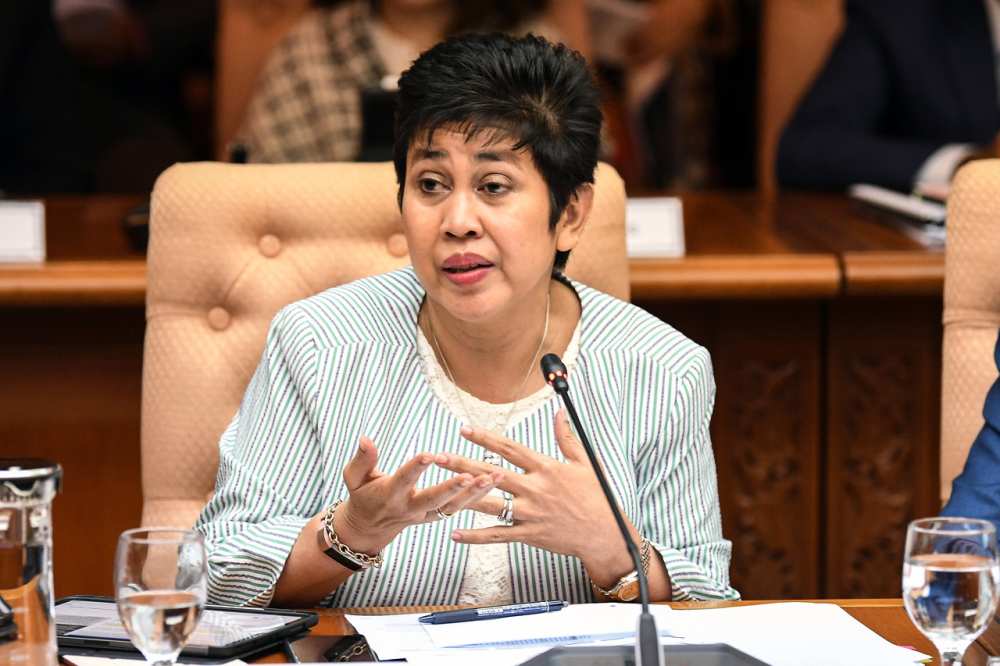KUALA LUMPUR, Aug 14 ― Bank Negara Malaysia’s (BNM) intervention in the financial market through overnight policy rate (OPR) cuts, liquidity injection and releasing debt reserve has helped keep it orderly as it was pre-Covid-19.
Since January this year, BNM has reduced OPRs by a cumulative amount of 125 basis to 1.75 per cent, the lowest after being set 16 years ago.
“These were to help ease the debt service of borrowers and support financing activities, therefore the financial system in Malaysia continues to remain orderly,” BNM governor Datuk Nor Shamsiah Mohd Yunus said.
Such moves were crucial to avoid economic shocks as experienced during the Asian Financial Crisis (AFC), which saw a contraction of 7.36 per cent in the gross domestic product in 1998, she said at a Senior Editors briefing yesterday.
The central bank released approximately RM46 billion worth of liquidity into the system besides injecting liquidity through various instruments under its open market corporation such as reverse repo(s) and outright purchase of government securities.
In so doing, Nor Shamsiah said the BNM reinforced orderly functioning and calmed the domestic bond market.
In addition, the governor said the moratorium extension on loan repayments by financial institutions was also proof that the banking system has played its part in supporting borrowers during the pandemic.
“Malaysia, to my knowledge, is the only country in the world that has implemented an automatic moratorium and we can do that not because we were lucky but because we have invested a lot during good times to build our buffers and for the banks to build their practices and infrastructure.
“This has allowed them to have that space and buffers to use… but it is also important for us to be prudent in utilising these buffers (savings),” she said.
Citing an example, she said at an individual level, a person would not think twice about spending but when the savings start to deplete, he or she will think two or three times before spending.
“For us, it is not about saving the banks but about preserving their intermediation function because as we move from the relief phase it is very important for the banks to support the recovery by not being too risk-averse.
“When your buffers are very thin, the banks are going to be very risk-averse,” she noted.
Nor Shamsiah said it was also crucial to ensure that banks have enough buffer to absorb the possible increase in nonperforming loans (NPLs).
She said it was normal for NPLs to increase when economic growth is negative or much weaker.
In this regard, managing the current health induced economic downturn in a way that it would not result in a banking crisis is BNM’s utmost concern.
“A banking crisis will result in a much deeper recession and will take longer to recover,” she warned.
She also foresees banks making large provisions for the second quarter this year but pointed out that it is also a form of a buffer that is needed.
The moratorium which came into effect on April 1 saw over 90 per cent of borrowers taking advantage of the assistance, amounting to RM66.6 billion as of July 31.
The repayment flexibility ends on Sept 30, 2020 but banking institutions are expected to provide the affected borrowers with other means or targeted assistance.
“In other countries which are more affected than us, they don’t have an automatic moratorium, it is by application and the take-up rate is less than 50 per cent,” said Nor Shamsiah.
Meanwhile, she said results of stress tests conducted by the Bank during Covid-19, were less severe than those recorded in the AFC.
Stress testing is an integral component of BNM’s financial stability framework.
Used in conjunction with other micro-prudential and macro-prudential assessment tools, stress testing supports the Bank’s financial stability assessments and facilitates pre-emptive policy actions through forward-looking examinations on the performance of banks’ capital and liquidity positions under various adverse market conditions and the robustness of their contingency plans.
Since the late 1990s, stress testing applications have evolved to provide wider coverage of risks and include multi-faceted approaches, reflecting the increasing complexity and interdependency of systemic and institutional risk dimensions.
When asked whether the ringgit would rebound to between 4.10 to 4.15 level against the US dollar this year, in line with the reopening of the economy locally and globally, Nor Shamsiah said it would depend on the whole global performance.
At yesterday’s close, the local currency rose to 4.1880/1930 versus the greenback from Wednesday’s close of 4.1900/1950 tracking the steady crude oil price of above US$45 (RM188.87) per barrel. ― Bernama






















